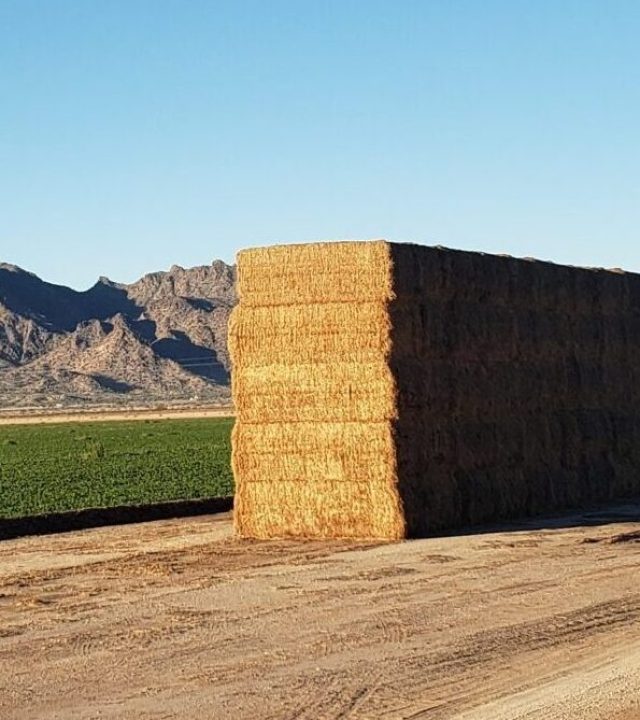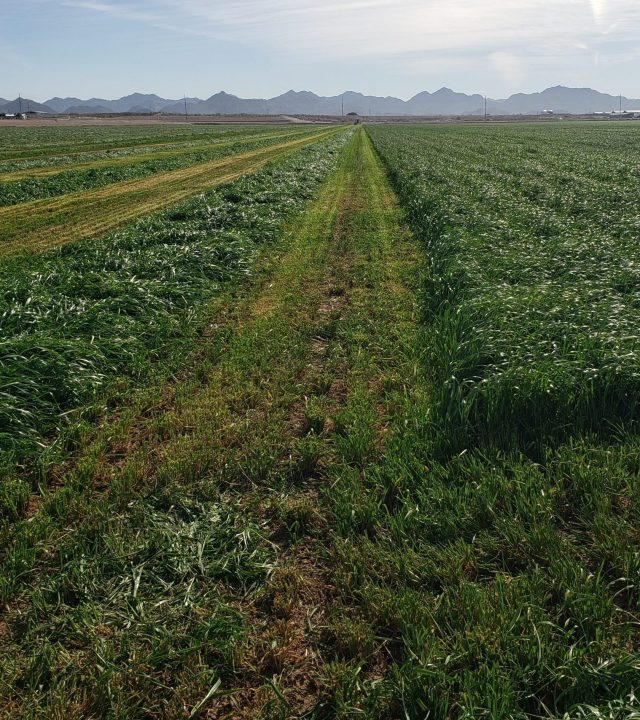Finally,
A Real Solution to Carbon Sequestration
- What it is
- How it works
- How we know it works
- Why you should care
- Why THIS solution is needed
- How to get involved
What It Is
This is the way you can actually do something about climate change. Actually taking carbon out of the atmosphere instead of funding some research in hopes to make some new innovation. This is the most economical, sustainable, possible, and above all the cheapest method to capture and store carbon that man has, or ever will have (Romans 1:20, Hebrews 3:4, Physics’ law of Entropy, Factors Affecting the Fluctuation of 14C Dating By Arnold Mendez). Many cultures have been using this method for millennium and we can use the same method that they have developed and perfected to capture and store carbon for $75-175 per ton of CO2.

How it works
When cellulose in plant matter breaks down in the presence of oxygen during respiration, the resulting products are carbon dioxide, water, and heat following the equation:
C6H10O5 + 6O2 → 6CO2 + 5H2O + heat
162 + 192 → 264 + 90
The only way to keep this carbon dioxide from being produced is to keep the cellulose dry and cool enough that it does not react with the oxygen. Hay stacks.
Hay Stacks
We need to grow, harvest, and store plants to harness and store carbon. The method that we need to utilize is making hay or straw. We make hay/straw in the regions/seasons where/when this biomass could be dried, and store it at various locations nationwide.
When possible we will make this hay/straw out of waste product that has little food value. a.k.a. straw. Straw is the left over grain stalk that usually gets put back onto the ground to rot, oxidizing into CO2. Straw is cheap and accessible. When it is packed into bales, it is a low value, transportable, and stackable waste product that is often used for cattle feed or animal bedding.
The Math
100 lbs of straw is usually 15% moisture (anything over 18% moisture will rot or burn). So the dry matter is 85 lbs. There is also around 10% ash content which is other vitamins and minerals in the straw that is not cellulose. The rest is cellulose. So 75 lbs of the straw is cellulose with the chemical formula of C6H10O5. The atomic weight of carbon is 12, hydrogen is 1 and oxygen is 16. So 6 x 12 for carbon plus 10 x 1 for the hydrogen plus 5 x 16 for the oxygen is 162 total weight for cellulose. Just the carbon is 6 x 12 so 72. When these 6 carbon oxidize into CO2 they will have the weight of 6 x 12 for the carbon plus 12 times 16 for the oxygen coming to a weight of 264. 264/162 (CO2/Cellulose) is 1.62 times the 75 lbs of cellulose in the 100 lbs of straw is 122 lbs of CO2.
So every 100 lbs of straw we harvest and store keeps 122 lbs of CO2 from being put into the atmosphere.

How We Know It Works
We are from families of dairy farmers from Europe to the USA. Our family has been milking cows since at the latest 1620(yours probably did too if you look back far enough). We continue to visit different dairy farms and see how they currently and how they used to milk cows. Most places milk cows year round , no matter where you go where they milk cows year round and they have a winter you will learn that they also have to harvest and store plants in the summer to be fed to their cows in the winter. Wherever you have access to milk year round, there is a dairy that milks cows within a few hours drive. There you can see how they grow, harvest, and store the hay for the cows. You can go to a farm that has been shut down for the better part of a century and still find straw stored there from when the farm was running. Find a farm near you and check it out for yourself.
Why You Should Care
Even if you are comfortable with the affects of carbon in the atmosphere you can agree that we are adding more extra carbon into the atmosphere than all the previous generations combined, which must either speed up or slow down the cyclical rhythm of climate change on our planet. We should rather not change anything about the timing of these changes. Most of us are not willing to throw out modern sources of carbon emissions so the other alternative is to recapture and store the amount of carbon that we emit. This is the best and cheapest method to do exactly that.
For the United States, carbon dioxide emissions per capita are about 19 tons/year. Per person. This comes out to 15.57 tons of straw, grown, made, hauled, bought, and locally stored, per year.
So for a family of four, living in a median sized house, average share of carbon dioxide emissions would be about 76 tons/year. This comes out to 62.29 tons of straw, grown, made, hauled, bought, and locally stored, per year.
United States carbon dioxide Emissions

Why is this solution needed?
Maybe you have seen sites and look online and can see carbon offsets for $11-47 a ton, but let's ask some questions about projects that are that cheap. What sacrifice are they actually making to be able to produce and store 2000 pounds of CO2 with only 11 dollars? Either they are just doing what they ought to and already would be doing and getting extra credit, or they are claiming to capture more carbon by using different farming practices like no-till to supposedly capture more carbon in the soil. But look at the ground and if it was ground any bit of good enough to plow, then they would plow. Anyone who doesn't know that compaction is the enemy of production hasn't parked their car in their lawn. The next best thing you can do with ground that is too poor, or too hard, or too steep, or too wet, or too dry to farm, is run cattle on grass,. What grass? Whatever grows best. Throw some seed on the ground and hope for the best. That's why they no-till. If no-till was better for plants then why in the world has mankind been pulling plows through fields throughout history, often with nothing more than the strength of their backs? Was it because it was fun? No. Was it because they were picky and didn't want crooked carrots? No. Its because it was more productive when they did it that way (Proverbs 14:4). Because plants like a soft bed, just like animals, especially domestic ones (Genesis 1:25). A Holstein will walk a long way for a soft bed. You think 6,000 years of agriculture being the cutting edge of all civilizations' technology hasn't taught us anything?
So how did this myth start? It started with bad testing being used as evidence of no-till being effective as a way to add more carbon content to the soil. Everyone knows that yes you want high carbon content in your soil. But look up for yourself how carbon content samples are taken. They are taken from the top 6 inches of soil. When you till you are turning over the top 18 inches of soil. So of course when you do that and homogeneously distribute the carbon dense top layer of soil into the other 18 inches of soil you just turned over, the top 6 inches are not going to be as carbon dense as they were before you plowed it. Also, the myth that you can just leave the plants alone and they can continue to just pump carbon into the ground is false. A mature forest is not carbon negative. It is carbon neutral. Why? Because it is mature. That means that there is just as much biomass dying as there is growing. Just as much carbon is being oxidized into CO2 as there is being captured with photosynthesis. So how do you get the most CO2 out of the atmosphere the fastest? This is the method. How can we add carbon to the soil? We will get to that later.

How To Get Involved
Buy and store biomass or let us do it for you. Hire us to clean up your carbon by sourcing and storing biomass for you. Prices for straw or hay vary from $75-175 a ton. With the order you will receive a certificate including label, location, tonnage information with scale tickets, and photos.
All referrals receive 10% commission.
Order now or contact us at Andrew@KaptureKarbon.com. Also for information on congruent projects with solar, biochar, farming, cows, golf balls, and why some of these solutions aren’t more popular (1Timothy 6:10).